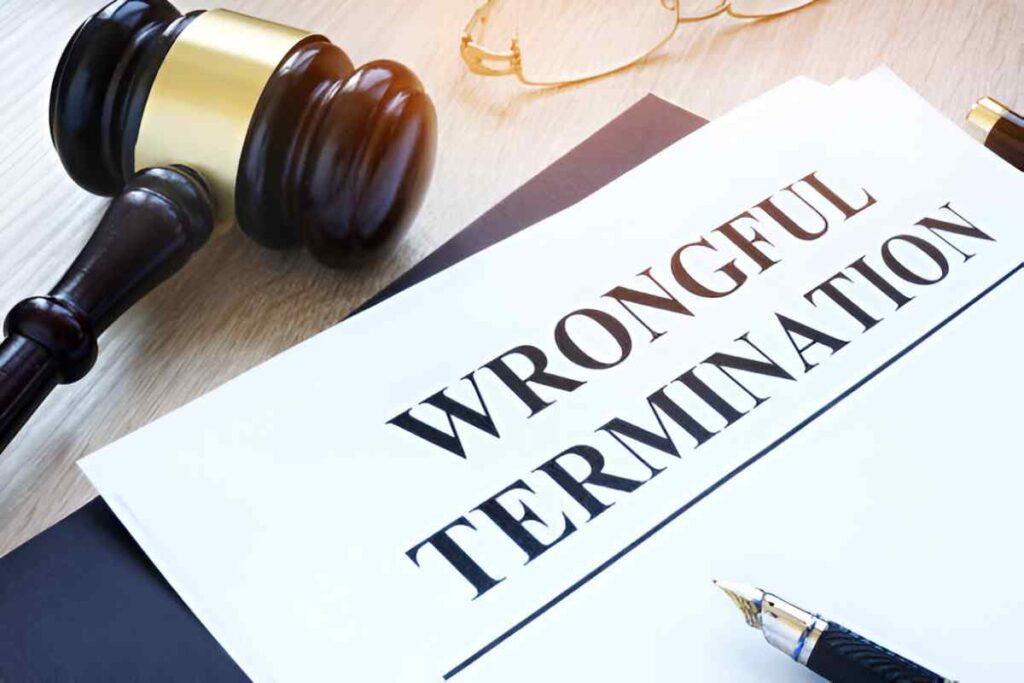When I first encountered the term “trust deed,” I was intrigued. It sounded like a legal document, but I soon realized it was much more than that. A trust deed is a financial instrument that plays a critical role in real estate transactions, particularly in states like California, where it’s commonly used instead of a mortgage. Over time, I’ve come to see it as a financial GPS—a tool that guides borrowers and lenders through the complexities of secured lending. In this article, I’ll break down what a trust deed is, how it works, and why it’s essential for responsible borrowing.
Table of Contents
What Is a Trust Deed?
A trust deed, also known as a deed of trust, is a three-party agreement used in real estate transactions. The three parties involved are:
- The Borrower (Trustor): The individual or entity seeking the loan.
- The Lender (Beneficiary): The party providing the loan.
- The Trustee: A neutral third party who holds the legal title to the property until the loan is repaid.
Unlike a traditional mortgage, which involves only two parties (the borrower and the lender), a trust deed introduces a trustee. This trustee has the power to sell the property through a non-judicial foreclosure process if the borrower defaults on the loan.
How Does a Trust Deed Work?
Let me walk you through the process. Suppose I want to buy a house in California. I approach a lender for a loan, and instead of a mortgage, we agree to use a trust deed. Here’s what happens:
- Agreement: I sign a promissory note agreeing to repay the loan and a trust deed that grants the trustee the right to hold the property title as collateral.
- Funding: The lender provides the funds, and I use them to purchase the property.
- Repayment: I make regular payments to the lender as per the terms of the promissory note.
- Release: Once the loan is fully repaid, the trustee releases the title to me, and I become the outright owner of the property.
If I default on the loan, the trustee can initiate a foreclosure process without going to court. This is one of the key advantages of a trust deed for lenders, as it speeds up the recovery process.
Trust Deed vs. Mortgage: A Comparative Analysis
To better understand trust deeds, let’s compare them to traditional mortgages.
| Aspect | Trust Deed | Mortgage |
|---|---|---|
| Parties Involved | Borrower, Lender, Trustee | Borrower, Lender |
| Foreclosure Process | Non-judicial (faster and less expensive) | Judicial (slower and more costly) |
| Common Usage | Common in states like California | Common in most other states |
| Title Holding | Trustee holds the title | Borrower holds the title |
From this table, it’s clear that trust deeds offer a more streamlined foreclosure process, which benefits lenders. However, borrowers need to be aware of the risks, as they could lose their property more quickly in case of default.
The Financial Mechanics of a Trust Deed
Let’s dive deeper into the financial aspects of a trust deed. Suppose I take out a loan of $300,000 at an annual interest rate of 4% for 30 years. Using the formula for calculating monthly mortgage payments:
M = P \times \frac{r(1 + r)^n}{(1 + r)^n - 1}Where:
- M is the monthly payment.
- P is the loan amount ($300,000).
- r is the monthly interest rate (\frac{4\%}{12} = 0.003333).
- n is the number of payments (30 \times 12 = 360).
Plugging in the numbers:
M = 300,000 \times \frac{0.003333(1 + 0.003333)^{360}}{(1 + 0.003333)^{360} - 1} M \approx 1,432.25So, my monthly payment would be approximately $1,432.25.
Amortization Schedule
An amortization schedule helps me understand how much of each payment goes toward the principal and how much goes toward interest. Here’s a simplified version for the first year:
| Month | Payment | Principal | Interest | Remaining Balance |
|---|---|---|---|---|
| 1 | 1,432.25 | 432.25 | 1,000.00 | 299,567.75 |
| 2 | 1,432.25 | 433.69 | 998.56 | 299,134.06 |
| … | … | … | … | … |
| 12 | 1,432.25 | 448.07 | 984.18 | 294,684.79 |
As you can see, in the early years, a larger portion of the payment goes toward interest. Over time, the balance shifts, and more of the payment goes toward the principal.
The Role of the Trustee
The trustee is a neutral party, often a title company or a trust company, that holds the legal title to the property. Their primary role is to act as an intermediary between the borrower and the lender. If I default on the loan, the trustee has the authority to sell the property to recover the outstanding amount.
Power of Sale Clause
One of the most critical components of a trust deed is the “power of sale” clause. This clause allows the trustee to sell the property without court intervention if I fail to make payments. The process typically involves:
- Notice of Default: The trustee records a notice of default, giving me a chance to cure the default.
- Notice of Sale: If I don’t cure the default, the trustee issues a notice of sale, setting a date for the property to be auctioned.
- Auction: The property is sold to the highest bidder, and the proceeds are used to pay off the loan.
This process is faster and less expensive than a judicial foreclosure, which is why lenders prefer trust deeds.
Benefits of a Trust Deed
For Borrowers
- Faster Processing: Trust deeds often result in quicker loan approvals compared to traditional mortgages.
- Flexibility: They can be used for various types of loans, including hard money loans and private loans.
- Lower Costs: The non-judicial foreclosure process reduces legal fees, which can translate to lower borrowing costs.
For Lenders
- Security: The trustee holds the title, providing an additional layer of security.
- Efficient Foreclosure: The power of sale clause allows for a quicker recovery of funds in case of default.
- Diversification: Lenders can diversify their portfolios by investing in trust deeds.
Risks and Considerations
While trust deeds offer several advantages, they also come with risks, especially for borrowers.
For Borrowers
- Risk of Foreclosure: The non-judicial foreclosure process means I could lose my property faster if I default.
- Lack of Redemption Period: In some states, there’s no redemption period after foreclosure, meaning I can’t reclaim the property once it’s sold.
- Potential for Predatory Lending: Some lenders may take advantage of borrowers by offering unfavorable terms.
For Lenders
- Market Risk: If property values decline, the lender may not recover the full loan amount.
- Borrower Default: Despite the security of the trust deed, there’s always a risk that the borrower will default.
- Legal Challenges: While rare, borrowers may challenge the foreclosure process, leading to delays.
Trust Deeds in the US Socioeconomic Context
Trust deeds are particularly relevant in the US, where homeownership is a key component of wealth building. According to the US Census Bureau, the homeownership rate in 2023 was approximately 65.9\%. For many Americans, their home is their most significant asset, and trust deeds play a crucial role in facilitating home purchases.
Impact of Interest Rates
Interest rates have a direct impact on trust deeds. For example, if the Federal Reserve raises interest rates, the cost of borrowing increases, which can affect both borrowers and lenders. Let’s say I’m considering a $300,000 loan. If the interest rate increases from 4% to 5%, my monthly payment would rise to:
M = 300,000 \times \frac{0.004167(1 + 0.004167)^{360}}{(1 + 0.004167)^{360} - 1} M \approx 1,610.46That’s an increase of $178.21 per month, which can significantly impact my budget.
Trust Deeds and Economic Cycles
Trust deeds are also influenced by economic cycles. During a recession, property values may decline, increasing the risk for lenders. Conversely, during a boom, rising property values can provide a cushion for lenders.
Responsible Borrowing with Trust Deeds
As a borrower, it’s essential to approach trust deeds responsibly. Here are some tips:
- Understand the Terms: Make sure I fully understand the terms of the trust deed, including the interest rate, repayment schedule, and consequences of default.
- Budget Wisely: Ensure I can comfortably afford the monthly payments, even if interest rates rise.
- Seek Professional Advice: Consult a financial advisor or attorney to review the trust deed before signing.
Conclusion
A trust deed is more than just a legal document; it’s a financial GPS that guides borrowers and lenders through the complexities of secured lending. By understanding how trust deeds work, I can make informed decisions and borrow responsibly. Whether I’m a first-time homebuyer or an experienced investor, a trust deed can be a valuable tool in my financial toolkit.





